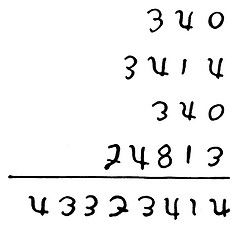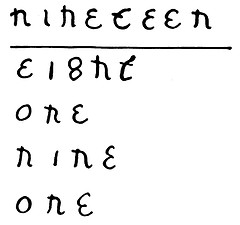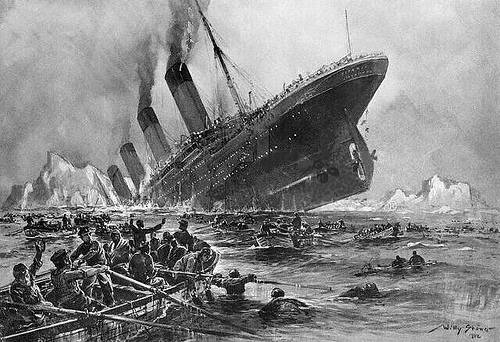In 1891, Robert Louis Stevenson received a letter from a Vermont girl named Annie Ide. Her birthday fell on Christmas, she said, and she seldom received birthday presents.
He replied with a document decreeing that “I, Robert Louis Stevenson, … in consideration that Miss Annie H. Ide, … was born, out of all reason, upon Christmas Day, and is therefore out of all justice denied the consolation and profit of a proper birthday; and considering that I, the said Robert Louis Stevenson, have attained an age when we never mention it, and that I have now no further use for a birthday of any description; … HAVE TRANSFERRED, and DO HEREBY TRANSFER, to the said Annie H. Ide, ALL AND WHOLE my rights and privileges in the thirteenth day of November, formerly my birthday, now, hereby, and henceforth, the birthday of the said Annie H. Ide, to have, hold, exercise, and enjoy the same in the customary manner, by the sporting of fine raiment, eating of rich meats, and receipt of gifts, compliments, and copies of verse, according to the manner of our ancestors.”
He charged her to add “Louisa” to her name, “at least in private,” and to use the birthday “with moderation and humanity”—and he directed that if she neglected these conditions the birthday would revert to the president of the United States. She didn’t.




